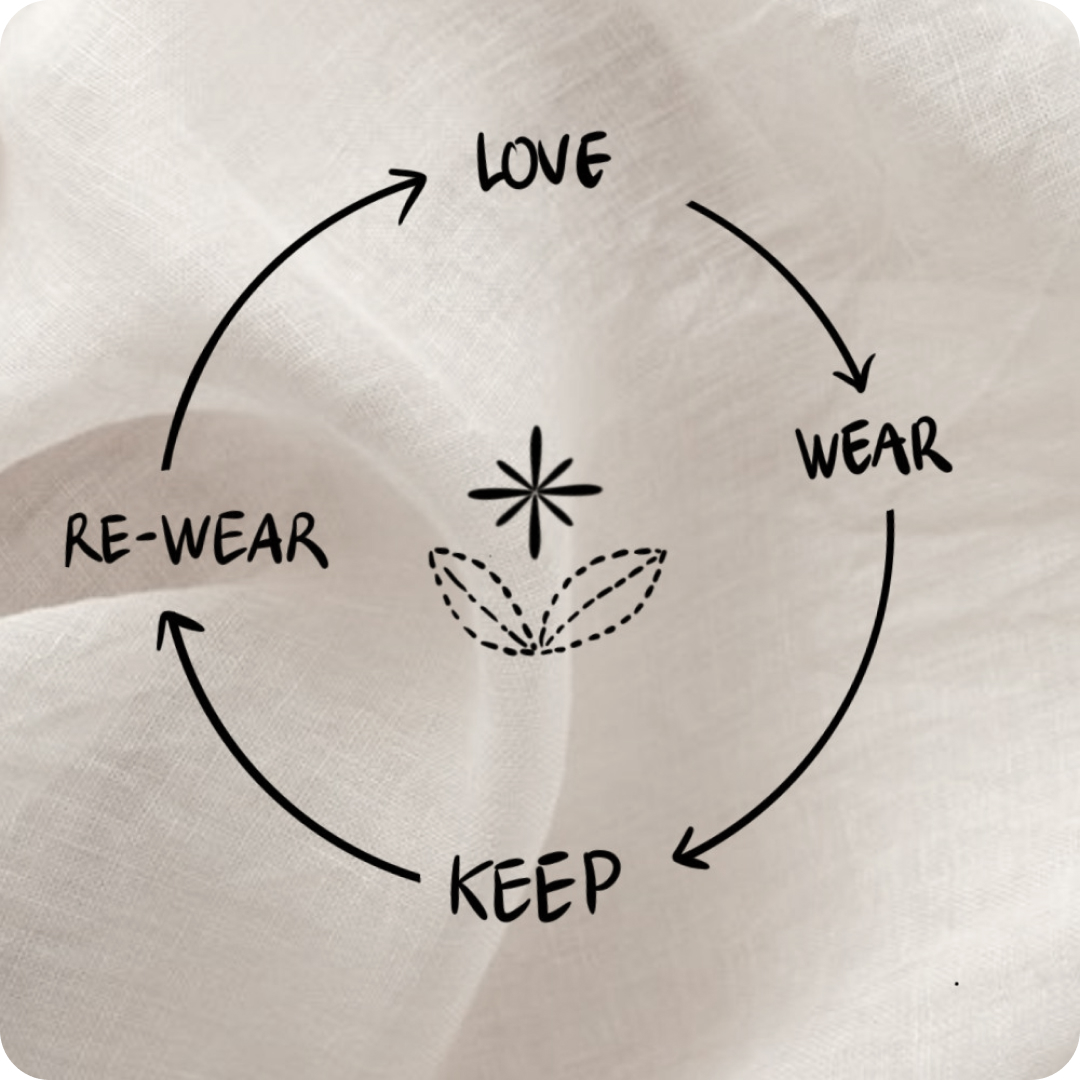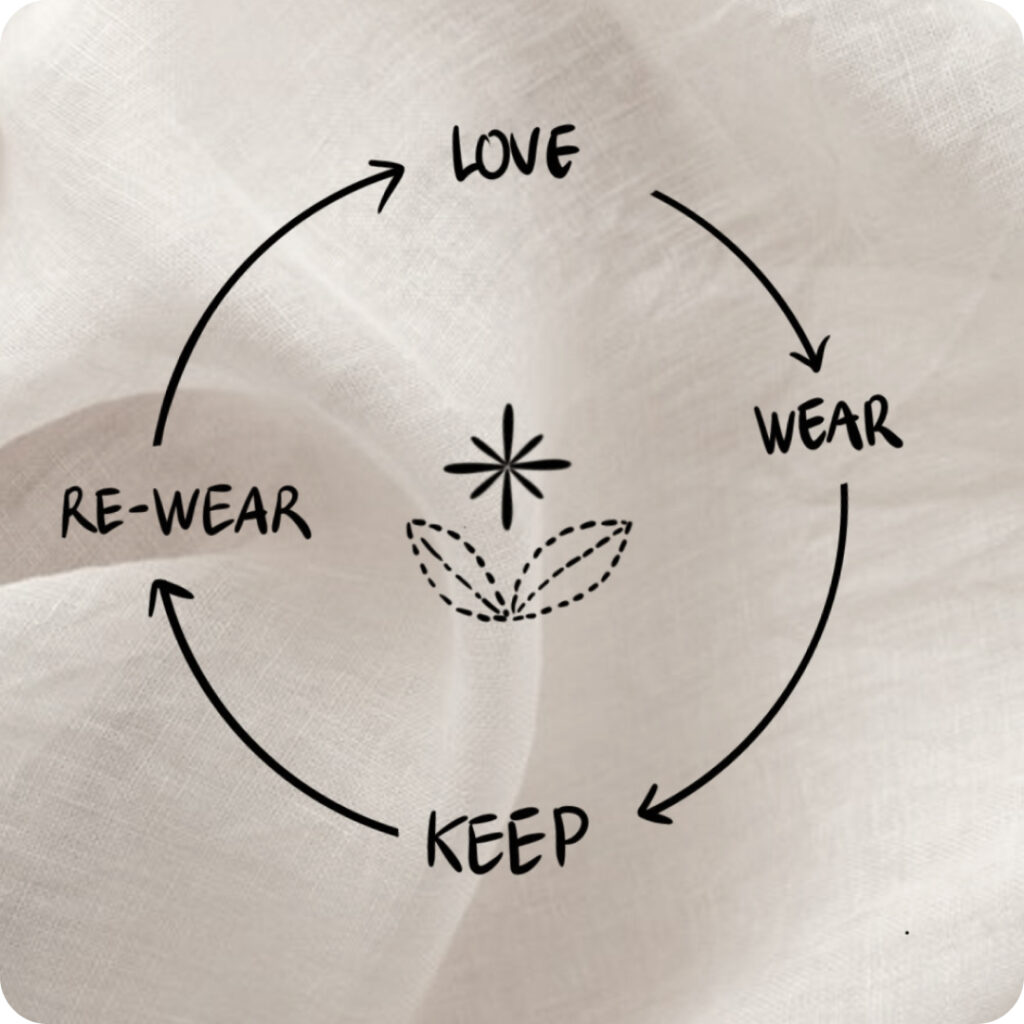Fast Fashion’s Environmental Toll
In the dynamic world of modern attire, fast fashion has cemented itself as a dominant force, propelling the production and consumption of fashion clothes to unprecedented heights. However, beneath the allure of ever-changing trends and affordable styles lies a grim reality: the significant environmental footprint of this industry.
Fast fashion’s model thrives on swift design, manufacturing, and marketing. This business approach has led to a surge in apparel output, aiming to capture the latest trends and deliver them to consumers rapidly. The speed and scale of this production come at a dire cost to our environment, raising critical concerns over the dark side of fashion and clothing.
The Environmental Cost of Keeping Up with Fast Fashion
The reality is stark: the textile industry is one of the most polluting industries in the world. Fast fashion practices give rise to a host of environmental issues, impacting our air, land, and water. Fashion production accounts for an estimated 10% of global carbon emissions, a significant contributor to climate change. This startling figure highlights the urgent need to reassess fashion and clothing’s role in the broader sustainability conversation.
Fast fashion has many hidden dark sides that cause negative impacts on the environment. (Internet Source)
Waste Not, Want Not: The Issue of Overproduction and Disposal
In the high-speed churn of quick fashion, clothes are often viewed as disposable, leading to massive waste generation. The frenetic pace at which fashion and clothing items are produced, purchased, and discarded means that vast quantities of garments end up in landfills or incinerators. This disability culture not only generates tangible waste but also represents a wasteful use of resources that went into the production of those garments.
Water Wastage & Chemical Contamination
Fast fashion’s environmental impact extends to egregious water misuse and pollution. The process of dyeing and treating fabrics is incredibly water-intensive, and often the effluents from these processes are discharged into rivers and streams without adequate treatment. This practice has led to the contamination of water bodies, affecting aquatic life and jeopardizing human health. It exacerbates the scarcity of fresh water in many parts of the world, further amplifying the environmental crisis.
Fast fashion seriously pollutes water, affecting human health. (Internet Source)
Deforestation for Fabric
The necessity for raw materials also leads to environmental degradation in the form of deforestation. As the demand for fashion & clothing grows, so does the need for fibers like viscose, derived from wood pulp. Irresponsible sourcing of such materials contributes to the destruction of vital forest ecosystems, with serious consequences for biodiversity and carbon sequestration.
The Cultural Shift Towards Sustainability
Amid the environmental turmoil fast fashion has wrought, a movement towards sustainable fashion practices is gaining traction. Consumers are increasingly aware of the environmental footprint of their sartorial choices and are looking for eco-friendly alternatives. The industry is being challenged to innovate, embracing sustainable materials, and recycling initiatives to reduce its environmental fashion impact.
The Way Forward
It is clear that the model of quick fashion, with its rapid production and throwaway culture, is far from sustainable. There is a pressing need for the industry to slow down and shift its priorities towards environmental stewardship. To mitigate the dark side of fast fashion, companies must integrate sustainable practices into their operations, and consumers must advocate for and support eco-conscious fashion choices.
In conclusion, while fast fashion has democratized style and provided abundant options for consumers, the environmental cost it exacts is too great to ignore. Transforming the industry is imperative for the health of our planet and society. The future of fashion and clothing hinges on our collective action to prioritize sustainability over speed and convenience. By doing so, we can ensure that the legacy of our era’s fashion does not come at the expense of the environment we all share.





















